Did you know that the most expensive laptop is the $3.5 million MJ’S Swarovski & Diamond Studded Notebook? But it may not be the right laptop for everybody despite its abundance of black and white Swarovski crystals and diamonds on its gold-plated body!
Keep in mind the several factors to consider when buying a laptop, and how the glittery accessories aren’t exactly a priority.
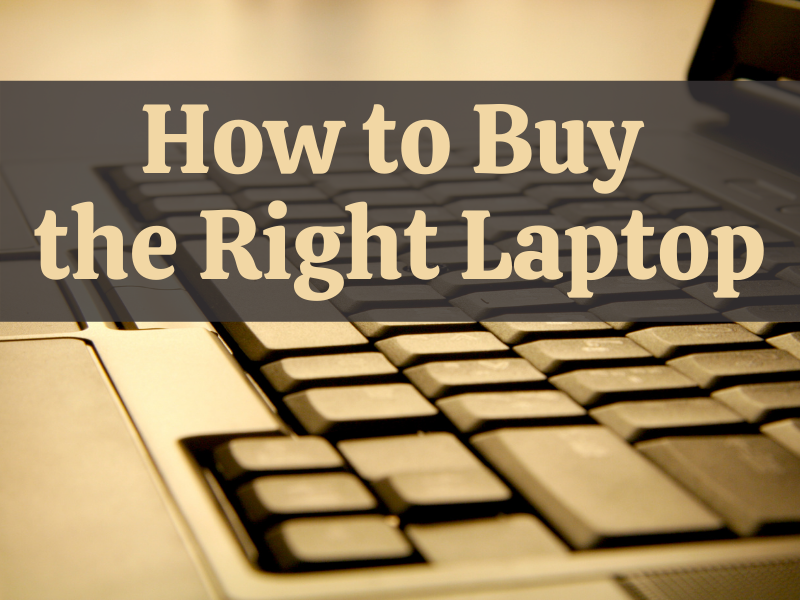
Explore these quick page jumps to know more about buying the right laptop and what to consider:
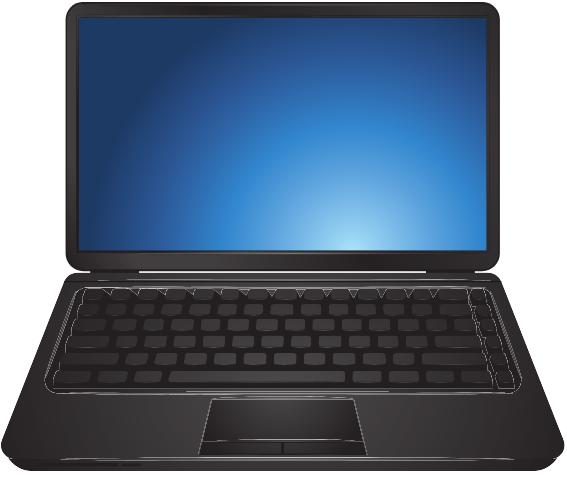
The History of Laptops
The Benefits of Laptops
Who Are the Users of Laptops?
Why Are Laptops Popular?
The Factors to Consider When Choosing a Laptop
*Think about size and form
*Consider your preferred platform
*Know the specs
*CPU power
*RAM performance
*Storage drive capacity
*Types and number of ports
*Graphics chip performance
*Connectivity capacity
*Battery performance
*Test the keyboard and touchpad
*Consider biometric security
*Look at the build quality
*Factor in the brand
*Plan your purchase based on your budget

The History of Laptops
The contemporary laptop is a long way from its predecessors! The Antikythera mechanism is widely considered the first analog computer, and its interconnected gears were used to predict the heavenly objects’ movements. The programmable computer developed by Charles Babbage in the early 19th century is considered the first mechanical computer.
In December 1945, ENIAC was launched into practical use. It was dubbed the world’s first electronic general-purpose digital computer. Like all of its predecessors, it was extremely larger, bulkier, and slower than the modern laptop!
But by the late 1960s, the evolution of the laptop as we know it today started. For simplicity’s sake, we highlighted the most important milestones in its development.
- 1968 – Alan Kay imagines the Dynabook and describes it in his paper in 1972
- 1979 – Bill Moggridge designs the GRiD Compass, the first known clamshell-style notebook computer
- 1981 – Osborne 1 was released, and it was technically the first portable computer.
- 1982 – GRiD Compass was introduced.
- 1983 – Radio Shack launches the TRS-80 Model 100.
- 1983 – Gavilan SC was the first computer marketed as a laptop.
- 1984 – Apple introduces the wildly popular Macintosh.
- 1985 – Microsoft introduces the first version of Windows OS (Windows 1.0).
- The late 1980s – Laptops with better performance, such as the IBM PC Convertible (1986), Zenith SupersPort (1987), and Macintosh Portable (1989), were also launched.
- 1991 – Apple PowerBook’s palm rest keyboard format was considered a breakthrough in modern laptop design.
- The 1990s – Many innovations were introduced, including the IBM ThinkPad, the Pentium processor, and the USB and PCI slot ports.
- The 2000s – Mac OS X and Windows X make their debut (2001); tablets from brands like Toshiba, Acer, and NEC were launched; and laptops outsell desktops (2005).
The year 2010 was notable because the Apple iPad was introduced, and it was a game-changer! This was also the year that most laptops were equipped with HDMI ports.

The Benefits of Laptops
Nowadays, the laptop is an all-in-one device with most, if not all, parts found on a typical desktop with its separate components. Its input and output components are all in its clamshell-style body, from the display screen, speakers, and camera to its keyboard, data storage device, and pointing devices. It also has its memory, processor, and operating system combined in a single unit and an internal battery and an external power supply.
But the hardware and software specification and the design and construction elements vary widely between brands and models. Laptops are used in military and civilian applications, controlled and rugged conditions, and in the office and at home. Many are even equipped with specialized features, such as solar charging, which expand their usability.

Who Are the Users of Laptops?
It isn’t surprising that laptops are among the most commonly used personal devices in the 21st century! It benefits millions worldwide, and has established an enduring popularity despite the advent of smartphones and other personal devices.
Check out our top-recommended laptops for different user groups!
5 Best Laptops for College Students in 2020
5 Best Laptops for Seniors in 2020
5 Best Laptops for Video Editing in 2020
5 Best Laptops for Gaming in 2020
5 Best Laptops for Kids
According to Monica Anderson’s 2015 article, The Demographics of Device Ownership, desktop, and laptop ownership has remained relatively stable among adult Americans. Computer ownership in 2015 was at 73% from a high of 80% in 2012, a slight fluctuation that, nonetheless, still pointed to the popularity of computers in general.
But computer ownership itself varies greatly by household income, education attainment, race, and ethnicity. Men and women-owned computers nearly equally: 74% were men-owned, and 71% were women-owned. More white persons (73%) owned computers with Hispanics (63%), and Blacks (45%) came in second.
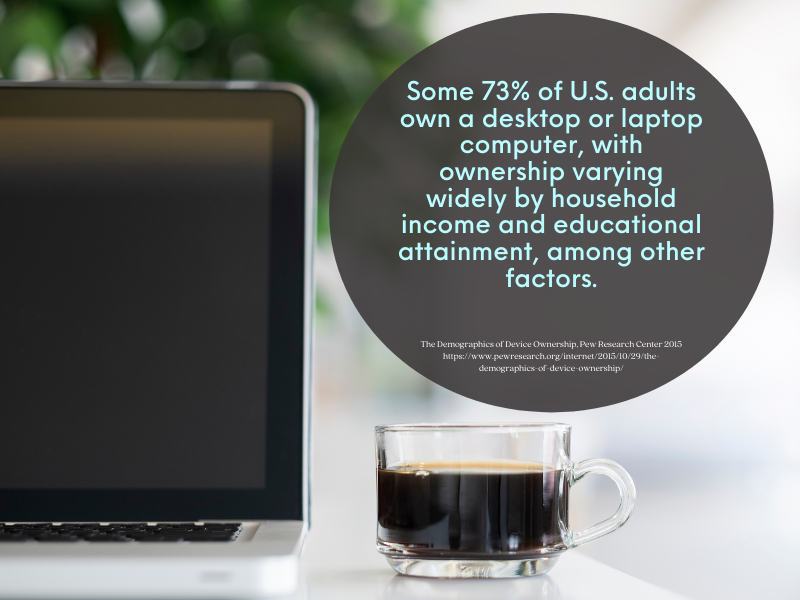
Most college graduates (90%) owned computers, while people who were unable to finish high school trailed (29%). People who lived in suburban areas also had high computer ownership (78%), while the rural and urban dwellers were tied (at 67%).

Why Are Laptops Popular?
Laptops have enduring popularity despite the advent of increasingly sophisticated smartphones, which are touted as computers in the palm of your hand. Such huge popularity comes from its numerous benefits, including but not limited to, the following:
Mobility
With their lightweight design, compact size, and built-in rechargeable battery, laptops can be used anytime, anywhere! You have quick and easy access to stored data and connect to the Internet, even outdoors. You won’t have issues carrying it in your briefcase or backpack, too – the MacBook Pro, for example, weighs just 1.8 kilos.
Fully-charged laptops can also last for several hours on a single charge, although the actual number of hours will depend on the number of cells and the age of the battery.
All-in-one device
Because you have practically everything you need in a computer, there is little to no need for additional devices. You can perform offline activities, such as presentations, and online activities, including social media, emails, and Internet browsing. This is made possible through network adapters, such as Wi-Fi, cabled LAN, and WAN.
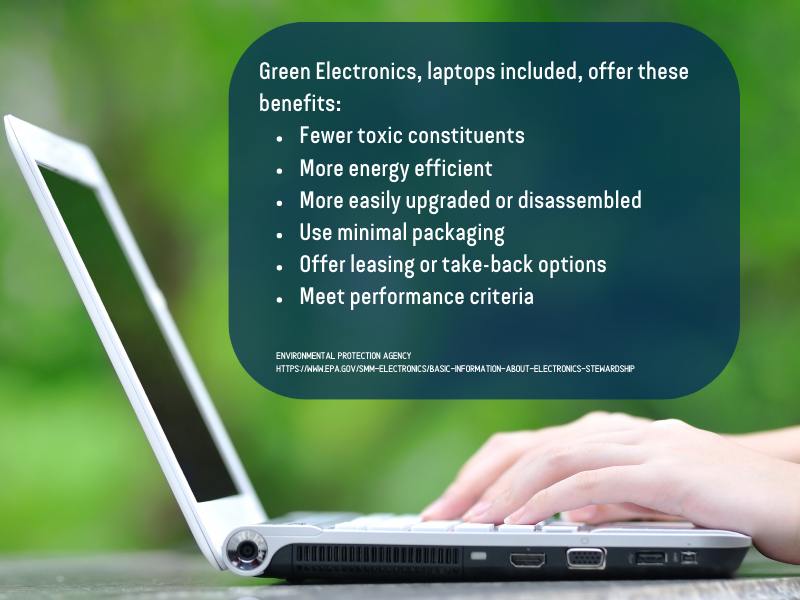
You may even be able to access 3G and 4G mobile Internet with a SIM-equipped laptop. You will also find dozens of compatible upgrades for your laptop, from hardware parts to software.
Stable Configuration
Laptops are designed to maintain integrated-operation stability and are less likely to crash than their desktop counterparts. Their CPUs, HDDs, RAMs, and motherboards, among other hardware, are tested for excellent quality.
Security
With their compact size, laptops can be taken wherever or hidden in locked compartments that make them more secure than desktops. Many sophisticated laptops also have security features, such as facial recognition, fingerprint sensors, and biometric functions, making them more secure against unauthorized access.
But we also want to point out the inherent disadvantages of laptops that should be considered when buying one. These disadvantages include their fairly expensive prices, smaller and slower storage capacity, slower processors, and lesser memory. There are also power management, connectivity, and sensitivity issues that can make laptop use less convenient.
So, should you still buy a laptop? Of course, buy one or two! You will agree that, indeed, laptops are excellent tools for personal and professional applications and necessary in your modern lifestyle.

The Factors to Consider When Choosing a Laptop
But don’t just go to a computer shop and do an Eeny, Meeny, Miny, Moe! Keep in mind that buying a laptop is a considerable investment and, thus, every possible factor should be carefully considered.
Size and Form
Laptops come in many sizes, from 11.6-inch to 17.3-inch screens. Most brands, such as Dell, ASUS, and HP, offer three display sizes: 17.3-inch, 15.6-inch, and 13.3-inch screens, while many brands offer unusual sizes like 14 inches, 12.5 inches, and 11.6 inches.
Go for the smaller-sized laptop since these are thinner and lighter, a must if you’re looking for portability. We suggest laptops between 12.5 inches and 13.3 inches, which usually weigh between 2 to 3.5 pounds.
But if you want a high-end Intel Core CPU, standalone graphics, and other sophisticated software, we recommend larger laptops with screen sizes starting at 15.6 inches. You will also likely get higher memory and upgrade capability, more robust ports, and better performance with larger laptops.
Be sure to consider the form of the laptop itself. Laptops can be divided into these categories:
- Traditional clamshell laptops
- Hybrid devices are used either as a traditional clamshell laptop or a tablet with tent and stand modes
- 2-in-1 devices in two styles – flexible laptops that can be bent backward 360 degrees and detachable laptops with removable screens.
While the hybrid and 2-in1 devices offer more applications, such as a tablet and laptop in one, these aren’t for everybody. Traditional clamshell laptops may work best for some in terms of performance and value for money.
The bottom line: Choose a laptop that meets your portability needs. Consider the size, weight, and overall performance. Rule of thumb dictates that the bigger laptop holds the greater processing power.
Don’t forget about the display resolution of the screen! The general rule: The more pixels, the more content can be accommodated on the screen, the sharper the images.
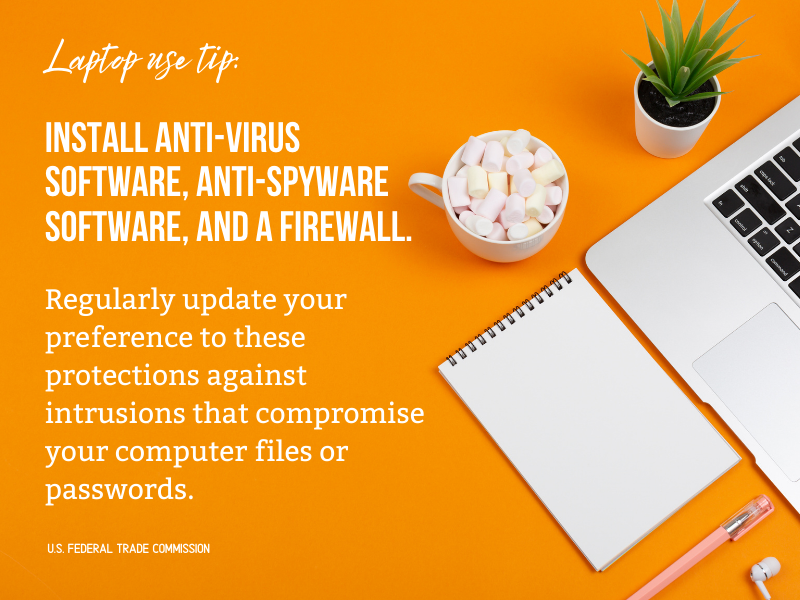
First, consider the resolution of the screen. Some budget laptops and a few business laptops have 1366 x 768 displays, which isn’t much by way of ultra-clear images. You may want a screen with a 1920 x 1080 resolution or 1080p or full HD since it’s a good balance between price and performance.
But if you have the money for higher-end laptops, you will get better resolution from 2560 x 1600 to 2560 x 1600 (4K). Laptops with 4K displays have the best images but tend to consume more power and have lower battery life.
Resolution isn’t the only important element to consider when choosing a laptop. Look at the IPS panels with the ideal being sRGB color rating of more than 100%. Go for an OLED display if you want the ultimate best in picture quality, particularly if you’re a content creator or a gamer.
Consider the refresh rate, too, since it enables a more responsive and smoother viewing experience. We suggest a refresh rate of over 144 Hz and a 5ms response time. Check the in-place switching (IPS) technology in a laptop since it provides the widest viewing angles.
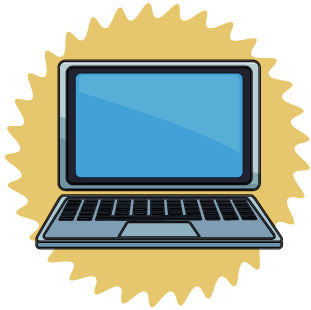
Operating System
Most laptops have one of three operating systems, namely, Windows, macOS, and Chrome OS, and your personal preference determines your choice. Windows is undoubtedly the most popular OS, and macOS is only available on MacBooks.
Which one is right for your needs? Let’s take a closer look at the features in each OS so you can make a smart decision.
Windows is the most flexible OS since it’s compatible with more laptop models than the other two OS. The latest version, Windows 10, has several improvements over its predecessors, Windows 7 and 8, including greater control over optional updates, better bandwidth controls, and faster file search, among others.
MacBooks come with macOS Catalina, Apple’s latest OS, which has similar functionality as Microsoft’s Windows 10 but with an apps dock instead of a start menu and taskbar. MacBooks also have Siri instead of Cortana, Windows’ digital assistant. macOS Catalina can also transact using Apple Pay, unlock MacBooks with an Apple Watch, and take texts and calls from Apple phones.
Chrome OS, a property of Google, has a similar user interface as Windows with its desktop and application menu, but the Chrome browser is the main app used. But while it’s simple and secure, it has limited features like a slower performance of its web apps when used offline. On the upside, Chromebooks usually have good battery life, affordable prices, and portable design combined with good functionality.
If you’re buying a laptop from brands like Acer, Toshiba, and Lenovo, the default OS is Windows. But that’s alright considering its excellent performance and compatibility.

Specifications
These are arguably the most important factors in choosing the right laptop! You may be able to buy MJ’S Swarovski & Diamond Studded Notebook, but if it doesn’t have your desired software and specs, then it will be less useful where you’re concerned.
Here then, are the crucial specs for consideration in getting the right laptop for you.

CPU Power
Known as the brains of a computer, the central processing unit (CPU) has a significant impact on its overall performance. But an expensive price doesn’t necessarily mean the best performance! Depending on what you want to do with a laptop, even an affordable laptop may suffice.
The current choices include the following:
- Intel 10th-gen CPUs include the Comet Lake and Ice Lake. The 10-nanometer Ice Lake chip has enhanced integrated Iris Plus graphics. The 14-nanometer Comet Lake chip has raw power and performance that users with more sophisticated needs prefer.
- Intel Core i9 CPUs are premium chips usually placed on high-end laptops, high-end gaming setups, and workstations for their faster, better performance.
- Intel Core i7 CPUs, specifically the K and HQ series, have four cores and are popular among gamers and professionals who want greater productivity from their laptops. But the Core i7 Y series isn’t recommended because of their lesser power and performance. We suggest looking for Core i7 CPUs with 10 in their model numbers, such as Core i7-10710U and Core i7-1060G7, since Intel’s 10th-gen CPUs.
- Intel Core i5 CPUs give the best value for the money in balancing price and performance. Look for Core i5 models ending in U, such as Core i5-7200U, and avoid those with Y since these are low-power chips.
- Intel Core i3 CPUs are less powerful and expensive than Core i5, and we don’t recommend it if there’s a Core i5-equipped laptop available.
- Intel Xeon CPUs have high power and performance, typically found in large, expensive mobile workstations and laptops. Examples are laptops used in 3D modeling, video editing, and professional-grade design engineering.
- Intel Pentium/Celeron CPUs are typical in $400 and below laptops partly because of their slow performance. These are typical in laptops with standard uses like web surfing and office processing. Go for Core i5 CPUs if you have extra dollars.
- Intel Core m/Core i5/i7 Y Series CPUs have better performance than Celeron, but since these have low-power, low-heat systems, fans aren’t necessary.
- AMD Ryzen 4000 CPUs may be found in cheaper laptops, but these can equal, even outperform, certain Intel Core processors like the Core i7.
- AMD A, FX, or E Series CPUs provide decent performance and come at a low cost. These are sufficient for laptop users who use their devices for moderate media viewing, office processing, and web surfing.
Keep in mind that a laptop’s CPU isn’t the be-all and end-all of it! You have to consider the RAM, storage capacity, and connectivity issues, too.

RAM Performance
Random-access memory (RAM), a form of computer memory, affects overall CPU performance and, for this reason, should be carefully considered, too. While 4GB was sufficient in the old days, it isn’t anymore, and 8GB is considered the minimum standard even for low-end laptops. Most users consider 32GB as sufficient, while users with high-performance demands want 64GB.
The general rule with RAM: The higher the number, the more applications that can be run simultaneously, and the more data can be quickly accessed at any time. Thus, content creators like photographers and videographers choose laptops with 64GB RAM.
Also, look at whether a laptop has single or dual-channel RAM. For typical users, there isn’t much of a difference, but a dual-channel is the better option because of its higher transfer rate.
But we must also say that a laptop with more RAM is always the best since most users won’t feel the difference unless RAM-heavy applications are being run. Besides, RAM itself is fairly cheap, so you can always make an upgrade later on. Go for the RAM that you need now, not what you may need down the road.

Storage Drive Capacity
A laptop’s storage drive will have more impact on its overall performance than the CPU’s speed and power! We suggest getting a laptop with a solid-state drive (SSD) instead of a hard drive because of its numerous benefits, such as thrice the speed. Hard drives have mostly fallen out of favor because of their slow performance, bulky design, and obvious noise and heat.
An SSD, in contrast, runs faster with lower noise and heat. Plus, it can also be installed in most laptops without adding too much weight and bulk. It’s also fast even when several programs are being loaded, not to mention that it provides faster booting of the system and accessing the data.
But SSDs have their drawbacks. These have a lower capacity and, thus, are frequently more expensive concerning their dollars-to-gigabytes aspect in comparison with hard drives. For example, SSDs with 512GB in size are significantly more expensive than a 1TB and 2TB hard drive.
For this reason, many laptops have a two-pronged setup wherein a larger hard drive is paired with a smaller SSD. If you buy a laptop with this setup, we suggest getting a 256GB SSD with a 1TB, minimum, hard drive. You may also get a laptop with at least 512GB single SSD.

Types and Number of Ports
Most laptops have a few ports for connectivity, and the best usually have as many ports for USB 3.0 or USB 3.1, HDMI, and USB Type-C connections. You can use such a laptop with little need for dongles, but it can come with a price.
Get a laptop with a Type-C because of its compatibility with universal chargers and docks. Look for SD card slots, Ethernet ports, and headphone jacks if you’re into videogames and content creation. There’s USB 4, which offers a faster transfer rate and daisy-chain connections with 4K monitors using a single cable, coming soon.
The minimum recommended ports are two USB 3.0 ports, which deliver good performance on most laptops.

Graphics Chip Performance
An integrated graphics chip is adequate for most typical laptop users. But if you’re into high-resolution content creation and video editing, 3D objects development, or gaming, your best bet is an Nvidia or AMD discrete graphics processor.
Your specific needs will also influence your choice in either a high-end or a low-end graphics chip. High-end laptops typically have RTX 2070 or 2080 GPUs; mid-range models are equipped with RTX 2050 or RTX 2060, and low-end models have GTX 1650 GPUs or Nvidia MX250.

Connectivity Capacity
About 90% of Americans connect to the Internet through laptops, smartphones, and desktops. You should consider a laptop with 4G LTE support if you plan on using it on the go. You can then use it away from a router, although you have to be on a data subscription plan.
For more connectivity capacity, look for laptops with Wi-Fi 6 support and Bluetooth 5. The former provides more stable connections and increased throughputs, while the latter offers better connectivity with a wide range of Bluetooth-enabled devices.
You may or may not go for a laptop with DVD/Blu-Ray drives depending on whether you have an actual need for them or not. If your chosen laptop doesn’t have them, you can purchase an external drive with a USB connection – and it costs less than $20!

Battery Performance
Battery life isn’t an issue with larger laptops or with laptops used as gaming rigs near outlets. But if you’re planning on using laptops on the go, you should look for one with at least seven hours of battery life. If possible, go for a battery that can last for eight hours or more on a single full charge.
But don’t rely on the manufacturer’s indicated battery life! You should instead check actual customer reviews since these reveal real-life experiences and provide insights into the variables affecting battery performance. These variables include the screen’s resolution and brightness, the type and number of applications being used, and the connections to Wi-Fi and Bluetooth devices.
There’s also the effect of the type of OS on battery life. As a general rule, laptops with Windows 10 have lower battery life than convertibles and ultrabooks with Chrome OS. This is because Windows 10 allows the simultaneous running of different apps and activities, from streaming online videos and transferring files over a wireless network to playing graphics-intensive videogames.
You can, nonetheless, still determine battery performance by looking at the battery’s rating in terms of milliamp-hours (mAh) or watt-hours (Wh). The higher these numbers, the longer the battery will last. For a 13.3-inch Ultrabook, for example, you can get the best results with a rating between 44Wh and 50Wh.

Keyboard and Touchpad
The best specs are nothing if your laptop’s keyboard and touchpad are subpar! You must then check that the keyboard has good key travel, usually between 1 and 2 millimeters, solid tactile feedback, and sufficient space between its keys. You may want to look into Precision touchpad drivers in case you’re buying a Windows laptop.
As for the touchpad, it must be accurate such that a jumpy cursor isn’t an issue, and it has a smooth feel under your finger. It must also have a consistent response to multiple touch gestures.
Other factors that should be considered in the keyboard is its ergonomic design, comfortable layout, and backlight. The full-sized keys should have sufficient travel on the downstroke and quick responsiveness on the upstroke and space between them, including the arrow keys.
If you’re buying a laptop with a touchscreen, you must consider its greater glare and lesser responsiveness. You may want to use a keyboard instead if you want faster typing and better editing.

Biometric Security
Will your laptop contain confidential or sensitive documents that should be kept secure from unauthorized access? If yes, you should consider biometric security features. While passwords may be sufficient for many users, these can be quickly determined or bypassed by experienced hackers.
A few biometric features that will add security to laptops include:
- Fingerprint readers are common in some Windows 10-equipped laptops.
- Face ID-style facial recognition technology is also becoming more common in laptops.
Take note that these security features come with a price, but these are well worth the cost for laptop users who want peace of mind regarding their files.

Build Quality
Regardless of our best intentions and caution, laptops will inevitably be knocked around, dropped, and thrown, even irreparably damaged by these actions. Build quality is then a vital factor in choosing the right laptop, particularly if you’re planning on using it daily.
We love a durable laptop! Here are our recommended laptop must-haves to withstand the elements: 10 Most Durable Laptops in 2020
But there’s no standardized set of criteria or certification that govern build quality in computers. Instead, buyers have to rely on customer reviews and real-life experiences to determine a laptop’s durability of materials and construction. Most modern laptops, however, are designed to withstand everyday stress, including exposure to rain, sun, and dust.
And then there are the laptops designed for brutal environments and actually, come with protection certifications! The US military, for example, uses the MIL-STD 810G as an indication of a guaranteed minimum level of durability. It has also been applied to consumer technology products, including several laptops.

Brand
Your laptop will only be as good as the reliability of the company behind it! You must then consider the brand’s track record in the consumer tech market in terms of its customer service support, including its technical support, its selection and value for the money, and design aspects. You can’t go wrong with most well-known brands, such as Apple, Dell, and Asus.

Your Budget
Finally, you must consider your budget when choosing from among several laptops, as with most, if not all, consumer products, the cheaper the product, the lesser its quality will likely be. You can buy a $200 usable laptop, but it won’t deliver exceptional performance.
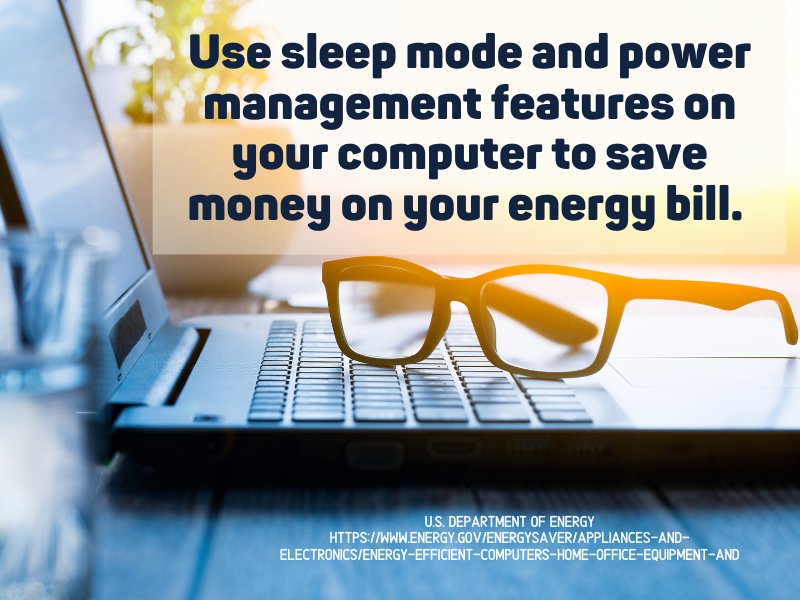
Here’s a general price guide for modern laptops that can aid in your choice.
- $150-$250 laptops are the least expensive notebooks, usually Chromebooks and low-end Windows laptops with slower processors, smaller storage, and lesser features. These are suitable for children and as secondary computers for these reasons.
- $350-$600 laptops have Intel Core i5 CPUs, 500GB hard drive, and up to 8GB RAM, which are decent specs for the price. Take note that most of these laptops aren’t equipped with a full HD display, SSD, and good battery life, although there are always exceptions.
- $600-$900 laptops are premium items with high-end features, functions, and finishes.
Of course, there are computers with prices above $1,000, and these are characterized by ultra-premium features like faster processors, high-resolution screens, and discrete graphics. You will also see lists of the most expensive laptops in the world, such as the above-mentioned diamond-studded laptop.
In conclusion, choosing the right laptop for you takes time, energy, and effort, from researching your options and comparing their features. You have to strike a balance between price and performance, and it’s possible by being more knowledgeable about the matter.
Best of the best, you ask? Check out our ultimate list of the best:
5 Best Laptops in 2020